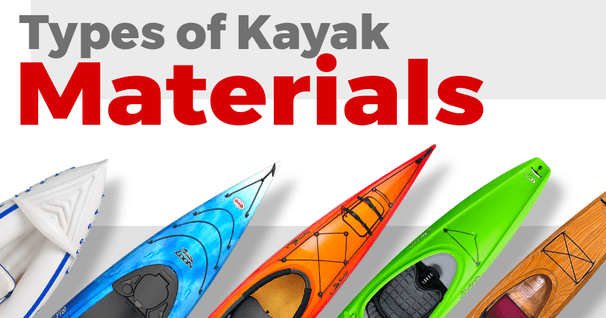Understanding Canoe Construction Materials
I'm Danny Lang, a professional guide and experienced canoeist, here today to talk to you about canoe materials. Canoes come in a variety of different materials, and we're going to discuss some of the differences.
Thermoform
The first canoe we'll look at is a Thermoform canoe. Thermoform plastic is lightweight, inexpensive, and very durable. Typically you will find Thermoform materials used on recreational and family oriented canoes.
Poly
This canoe is of three layer construction, which utilizes three layers of polyethylene plastic. This material is very durable and inexpensive. Typically, you will find this canoe in recreational and outfitter style canoes.
Royalex
Royalex is a layered construction that utilizes vinyl material for rigidity. Royalex is very lightweight and very durable. Because of the advanced construction, these canoes are typically a little more expensive. The benefits to Royalex is it retains its shape very well. I've seen instances where a canoe was pinned on the river, and once removed, bounced right back right into its original shape.
Fiberglass
Here we have a canoe made with fiberglass construction. Fiberglass uses fiberglass, cloth, and resins to create a very stiff and lightweight canoe. They're able to form much more complex shapes with fiberglass, so they're very efficient as well. Not as durable as plastic, fiberglass canoes can be repaired. Again, one of the biggest benefits of fiberglass is its light weight.
Wood
Finally we have the wood canoe. This is an example of a cedar strip wood canoe that utilizes fiberglass and cedar wood, which create a very stiff and efficient hull. These canoes can last a lifetime or several lifetimes. They're repairable and get passed down from generation to generation. When not on the water, hang this up over your mantle and you'll have a beautiful piece of artwork
Hopefully this discussion has helped you understand the canoe materials and the differences.
Thanks for watching and paddle well.
~Get the BWCAW Tee~
With over 1,090,000 acres of wilderness area, the BWCAW is a paddler's paradise.
Related Articles
Ever wonder what exactly the weight capacity of a board was for? Turns out it's for the performance of…
Ranging from casual recreational crafts to sleek racers to bomb-proof whitewater and other rec’ boats,…
It's hard to ponder the evolution of the kayak without revisiting where it all began. Enter the Inuit…
Learn the full glossary of canoe terminology in this excerpt from The Complete Book of Canoeing by I.…



